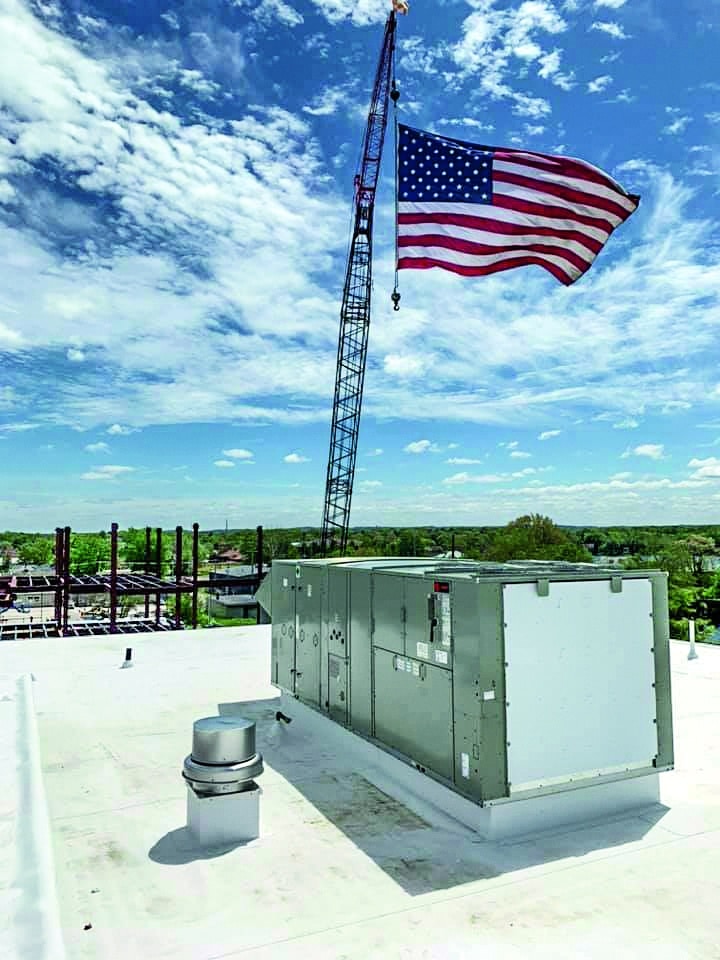In fall 2024, CSX Railroad announced plans to change how the carrier moves freight between Chicago and the East Coast; a plan that would have forced more than 120 SMART-TD members to choose between relocation from Cleveland to either Buffalo, N.Y., or Willard, Ohio — or be laid off.
SMART-TD officers and former Ohio Senator Sherrod Brown took action in response. And with the senator’s help, union railroad jobs stayed in Cleveland where they belong.
“[Senator Brown] said, ‘Hey look, your plan is very flawed and you’re definitely affecting Ohio workers in a negative way.’ And here we are [now], talking about creating more jobs for Ohioans,” said SMART-TD Ohio State Safety and Legislative Director Clyde Whitaker.
The fight for Cleveland railroaders started when CSX unveiled a plan to streamline its operations in Northern Ohio by reducing train stops and crew members at Collinwood Rail Yard. This streamlining predominantly depended on employees moving to Buffalo or Willard — 180 miles and 80 miles away from Cleveland, respectively.
“With the crews in Cleveland, there was a lot of panic and a lot of ‘what if,’” said Ryan Fries, SMART-TD Local 378 vice local chairperson. “‘Are we going to have to drive three and a half hours to work? Is my spouse going to have to change jobs?’”
“Their whole plan was contingent on us moving, because they needed the manpower to go with their plan,” added SMART-TD General Committee GO-049 Assistant General Chairperson Eric Kosinski.
According to CSX, this was a positive development — one that would actually create jobs, Fries said. But, he added, phase three of CSX’s plan was essentially a full shutdown of Collinwood Yard. After a conversation with CSX Superintendent Darin Hershiser, Whitaker agreed.
“In the 24 years I’ve been here, whenever I hear that word [streamlined], that tells me you’re shutting the entire place down and we’ll get a barebones operation. Which, coincidentally, was their plan.”
That’s when SMART-TD reached out to former Senator Brown, asking him to help broker a meeting between TD and CSX. Brown took action, issuing a public letter that called on CSX President and CEO Joseph Hinrichs “to meet with workers as soon as possible and reverse plans that would remove train stops and train crews from the Collinwood Rail Yard facility in Cleveland.”
“In the strongest possible terms, I urge you to reverse CSX’s strategy concerning Collinwood staffing,” Brown wrote. “CSX recorded more than $3.7 billion of profits last year. Instead of cutting positions at Collinwood, CSX should pursue safer and more reliable operations by investing in hiring in Cleveland and across your company’s rail network.”
The combined efforts of union labor and a pro-worker senator paid off: SMART-TD officers met with CSX and were able to devise a solution.
“We were actually able to implement a plan that created more jobs for the area,” Fries concluded.

